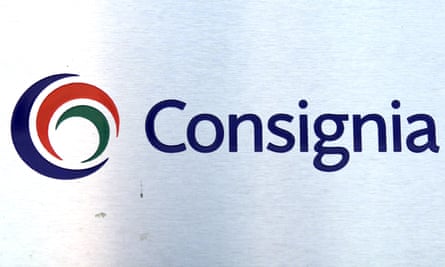Elon Musk has suggested he could swap Twitter’s bird logo, which has adorned the site since its earliest days, for an “X”. The site’s billionaire owner said the switch could come as early as Monday morning if a suitable replacement emerges in time.
However, such an overhaul could prove highly risky, given the history of customer backlashes to previous high-profile corporate rebrands. Here we look at five of the most controversial:

The asset manager Standard Life Aberdeen was roundly mocked in 2021 for shortening its name and removing vowels to produce Abrdn, pronounced “Aberdeen”. Yet despite the significant flak, the Edinburgh-based company whose history can be traced back to 1825 has stuck with its new name.

The US clothing brand Gap was forced into a breakneck reversal of its logo change plans in the space of six days in 2010. Consumers were excoriating on social media about the new design, which swapped the familiar blue square containing the company’s name in skinny serif-font capitals with a black lower-case Helvetica “Gap” with a small blue square over the “p”.
Oil giant BP unveiled a new sunburst logo in 2000, named the Helios mark after the Greek sun god, as it sought to rebrand itself as an environmentally aware energy firm. It said its name would stand in future for “beyond petroleum” rather than British Petroleum, but environmental campaigners were unimpressed and accused the firm of greenwashing.

The centuries-old Royal Mail rebranded itself as “Consignia” in early 2001 after a two-year process to overhaul its image and afford a more modern appeal. But the £2m change was criticised as meaningless and lasted less than 18 months before it was scrapped.

The French company that operates the Channel Tunnel changed its corporate name from Groupe Eurotunnel to Getlink in 2017, in a move which it said prepared the company for the post-Brexit era. Thought up by the firm’s directors, the company said the name was “very Anglo-Saxon”, but six years on many people still refer to it by its old moniker.
Source link



